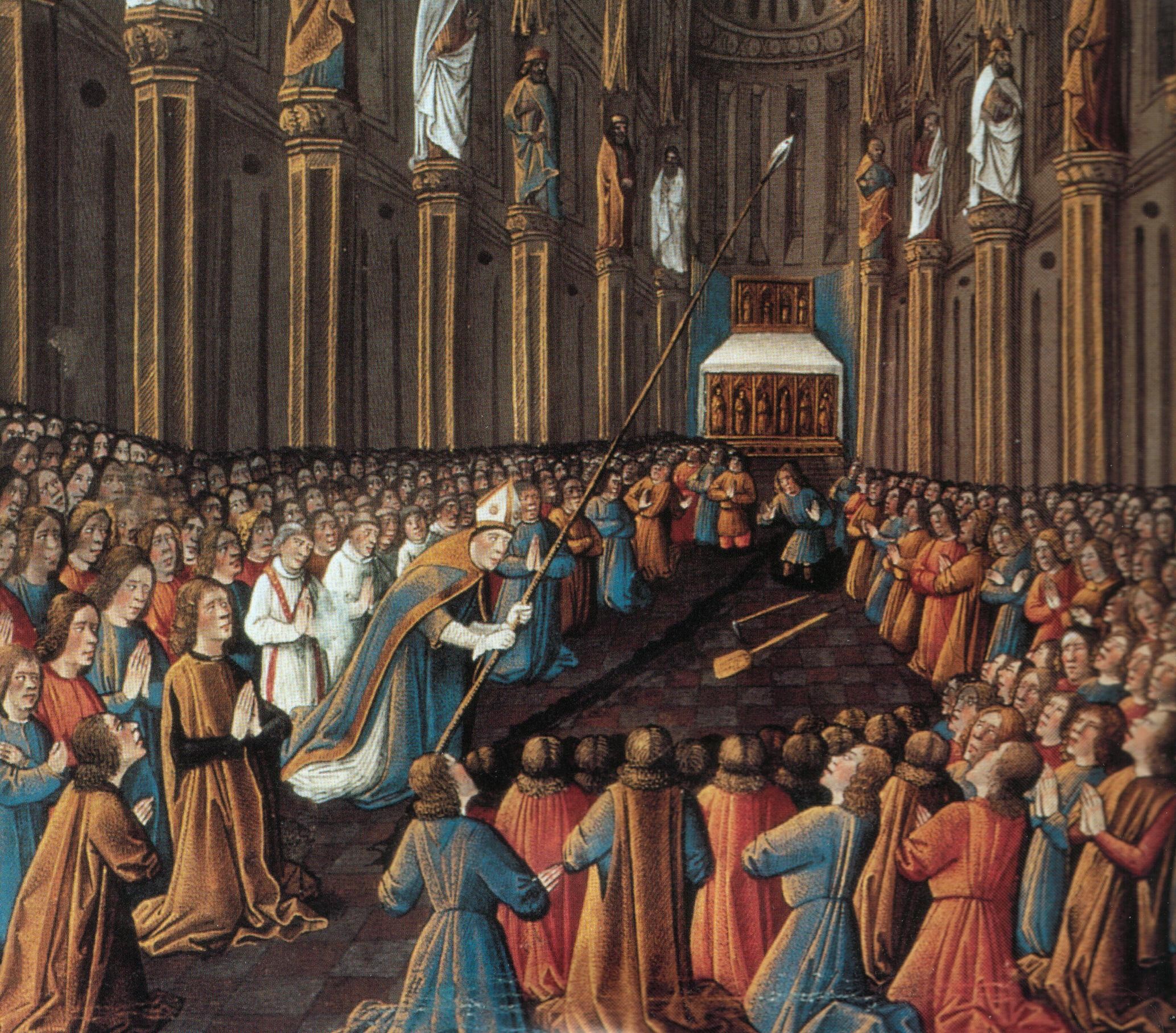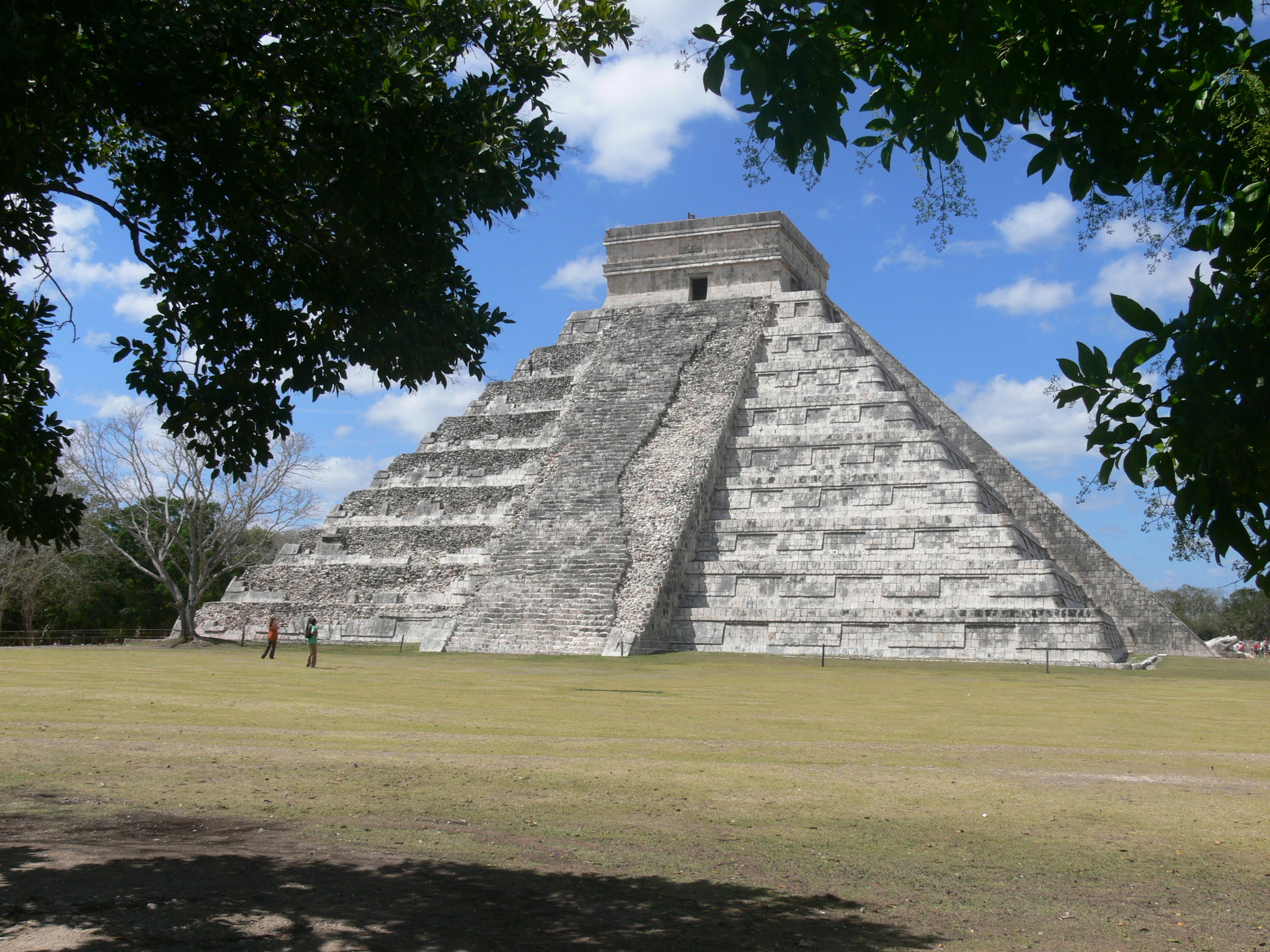 |
| Antioch fortifications Source: wikimedia commons |
Early autumn 1097 - Crusaders army enter northern Syria and arriving at one of the great cities of the Orient, the fortified metropolis of Antioch. Yaghi-Siyan, Seljuk governor of Antioch well informed by his spies try to protect his city be expelling Christians from city:
"Yagi-Siyan, a man famous for his big hairy ears and thick, grey beard did his outmost to keep the enemy out [of Antioch]. But he knew any of the local Christians may be persuaded to let the Franks [Crusaders] in. When he heard about approach of the Franks he was not sure how the Christian people of the city would react. So he send all the Muslim outside the city walls to dig trenches, and the next day, he send the Christian by themselves to do the same task. When they are ready to return home at the end of the day, he refused to let them in" Source: THE CRUSADES: CRESCENT & THE CROSS, History Channel



